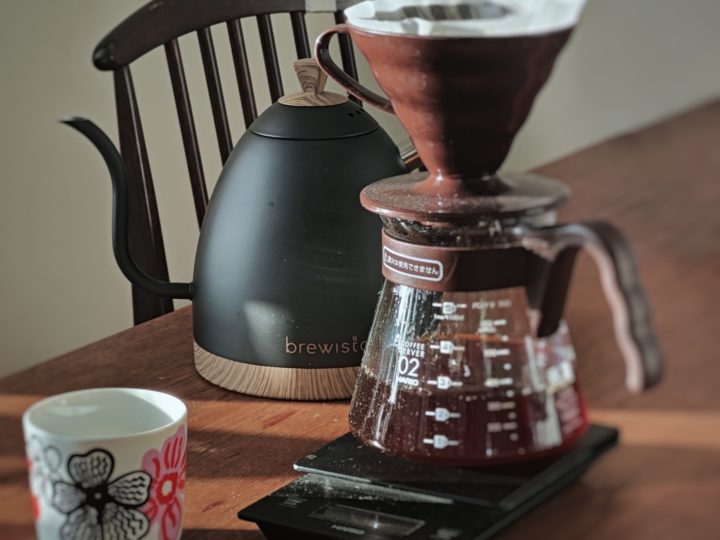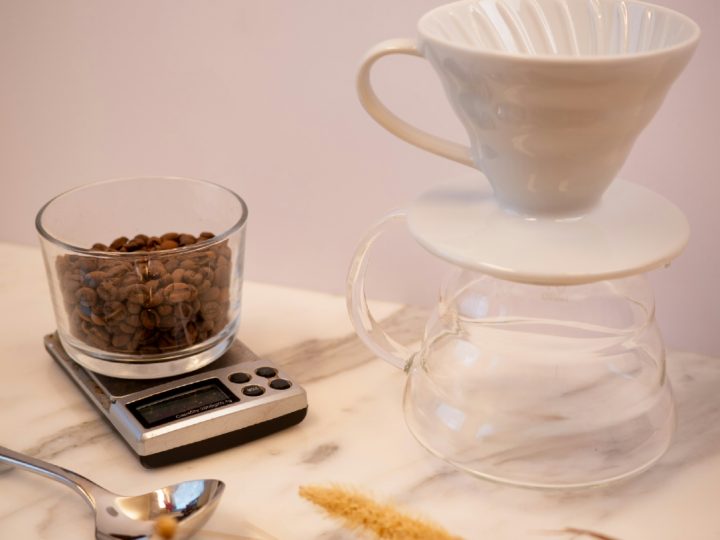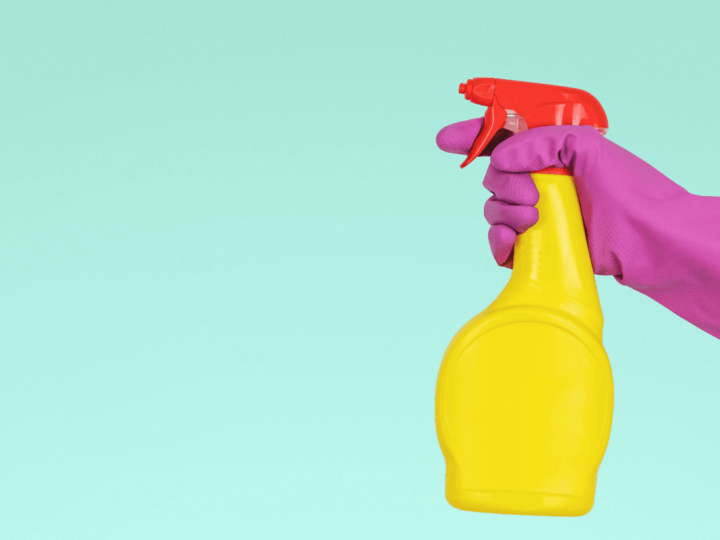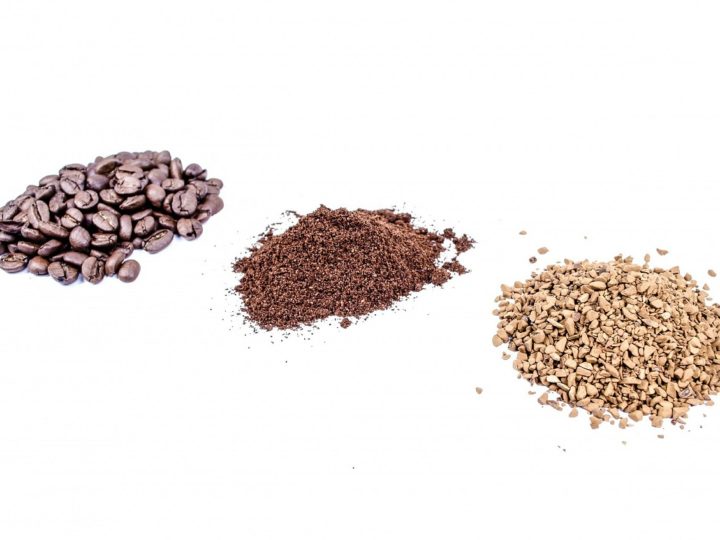Water temperature in coffee brewing
The temperature at which you brew your coffee plays a significant role in flavor extraction. Extraction refers to the flavors and compounds that dissolve from the coffee into your cup. Coffee consists of soluble compounds – flavors, oils, and acids – that dissolve at different rates when exposed to water.
The hotter the water, the faster it extracts compounds like oils, acids, and caffeine. Each of these substances impacts the coffee’s flavor differently. At higher temperatures, controlling the extraction rate becomes more difficult. If the water is too hot, it may over-extract the coffee, leading to undesirable flavors and excessive bitterness. On the other hand, if the water is too cold, the extraction will be incomplete, resulting in weak or acidic coffee with a flat taste. An exception to this is cold-brewed coffee, where coffee is intentionally extracted slowly in cold water. However, trying to brew coffee quickly with cold water results in a flat flavor profile because the coffee oils don’t extract, leaving the coffee lacking body, sweetness, and balance between bitterness and acidity.
The science of brewing
When hot water comes into contact with coffee grounds, it extracts soluble compounds in phases:
First phase – Acids and aromas: At lower temperatures, acids (such as citric or malic acid) dissolve first. These create bright, fruity flavors, often associated with lighter roasts. If the water is too cold, only these compounds will dissolve, leading to overly acidic coffee.
Second phase – Sugars and body: As the temperature reaches the optimal range, sugars and other pleasant compounds dissolve. These add sweetness and body to the coffee, balancing the initial acidity.
Final phase – Bitterness and over-extraction: At very high temperatures, bitter compounds like chlorogenic acids and tannins dissolve last. If the water is too hot, these compounds dominate, making the coffee taste harsh and overly bitter.
Ideal coffee brewing temperatures range between 92°C and 96°C.
This range ensures balanced extraction, harmonizing flavors such as sweetness, acidity, and bitterness. While this temperature range is a good general guideline, you can experiment with both roast levels and water temperatures. For lighter roasts, brew at a slightly higher temperature to speed up the extraction process. For darker roasts, use a lower temperature to avoid over-extraction and minimize bitterness.
When using a kettle or manual method, it’s a good idea to preheat the brewing vessel since water temperature starts to drop immediately, and it’s nearly impossible to achieve an overly hot result. For drip coffee machines like Moccamaster, you could preheat the machine by running some hot water through it before brewing to ensure the best extraction but, this might be a bit of a gimmick.
Summary
- According to SCA standards, the water temperature for cupping should be between 92.2–94.4°C when poured over the grounds.
- If you don’t have a temperature-regulating kettle, boil water to 100°C and let it cool for 20-30 seconds.
- Most common drip coffee machines brew between 92-96°C, and the warming plate keeps coffee at 80-85°C.
- Too hot water combined with too long brewing time can lead to over-extraction, creating undesirable flavors and unpleasant bitterness.
- By experimenting with brewing temperatures, you can find your preferred flavour profile, but if you’re not interested in experimenting, trust your coffee machine, as it’s designed to extract the best flavours from any coffee!
Finding the temperature for different brewing methods
Pour-Over (90–96°C)
The ideal extraction temperature depends slightly on the roast level. Lighter roasts benefit from higher temperatures (around 96°C) to extract fuller flavors, while darker roasts perform better with water closer to 90°C to avoid excessive bitterness.
French Press (93°C)
French Press (93°C): Since coffee grounds are steeped longer in a French press, aim for around 93°C. This temperature ensures a full-bodied extraction without too much bitterness.
Espresso (88–96°C)
Espresso (88–96°C): Espresso is more sensitive to temperature. Most machines are calibrated to brew between 90-96°C, but by experimenting within this range, you can fine-tune the flavors. Lower temperatures highlight acidity, while higher temperatures emphasize sweetness and body.
AeroPress (80–96°C)
AeroPress (80–96°C): AeroPress is all about experimentation. Lower temperatures (around 80°C) can produce tea-like, delicate coffee, while higher temperatures provide a fuller, richer brew.
Cold Brew (room temperature or chilled water)
Cold Brew (room temperature or chilled water): Cold brew uses time rather than heat for extraction, resulting in a smoother, less acidic drink. In this method, no heat is applied – as the name suggests. Check the cold brew guide here.
Comments (0)
Leave a reply
You must be logged in to post a comment.




